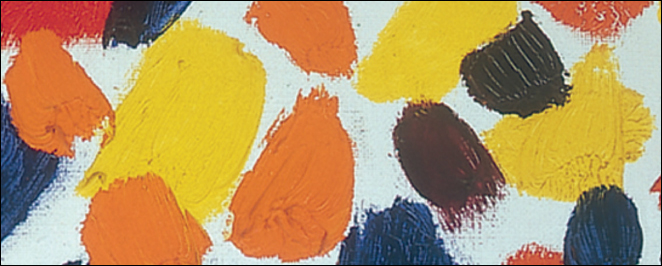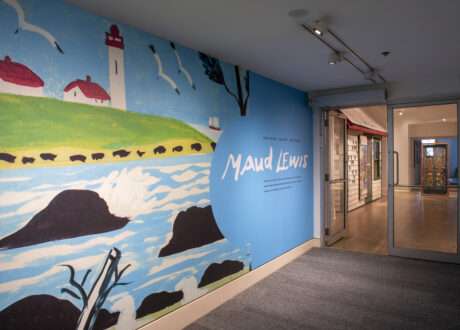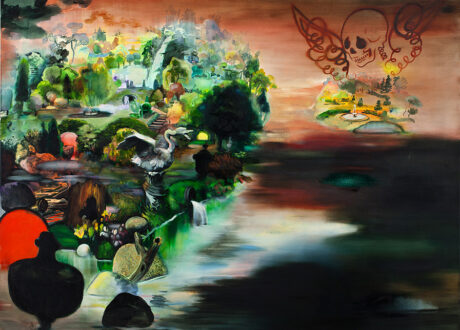

Guest Curator: Jeffrey Spalding C.M., R.C.A.
Abstract Painting in Canada is a comprehensive look at the evolution of the many trends, styles and tendencies that have dominated the practice of abstract painting across Canada, 1920s till present. Featuring works from the permanent collection of the Art Gallery of Nova Scotia, the exhibition is inspired by the critically acclaimed book of the same name.
Co-published in 2007 by the Art Gallery of Nova Scotia and Douglas and McIntyre, Abstract Painting in Canada, was authored by Dr. Roald Nasgaard, Professor of Art at Florida State University. It establishes a new standard in the re-telling of the story of abstract art. Our exhibition has been selected to parallel the themes and artists identified by the book. It is arranged to follow the sequence as they appear within the book’s chapter headings.
With its roots in Toronto in the 1920s and 1930s, modernist art developed with pioneers such as Lowrie Warrener, Bertram Brooker and Lawren Harris. Its practice was intellectual and creative, and produced works both eccentric and remarkable. Two decades later, in Montreal, evolved Canada’s first truly independent avant-garde art movement – the Automatistes, with artists such as Borduas and Riopelle, guided by the precedents of Cubism and Surrealism.
After the Second World War, abstraction spread across Canada, manifesting itself in significant regional movements. The Painters Eleven, in Toronto, were stimulated by American Abstract Expressionism in New York and Vancouver artists created landscape based lyrical abstractions influenced by the British. In Montreal, an alternative to the Automatistes was offered by the Plasticiens. Drawing on the European tradition of geometric abstraction, the Plasticiens believed that painting is a search for true objectivity.
In the sixties the Prairies were influenced by Clement Greenberg’s post-painterly abstraction, producing the Regina Five and the EmmaLake workshops. Led by the Nova Scotia College of Art and Design, Halifax in the 1970s was a centre of conceptual art and concrete painting. At the end of the twentieth century, with the rise of post modernism and technological advances, critics denounced painting. Artists, however, were not swayed and today abstract painting is alive in studios across Canada.



